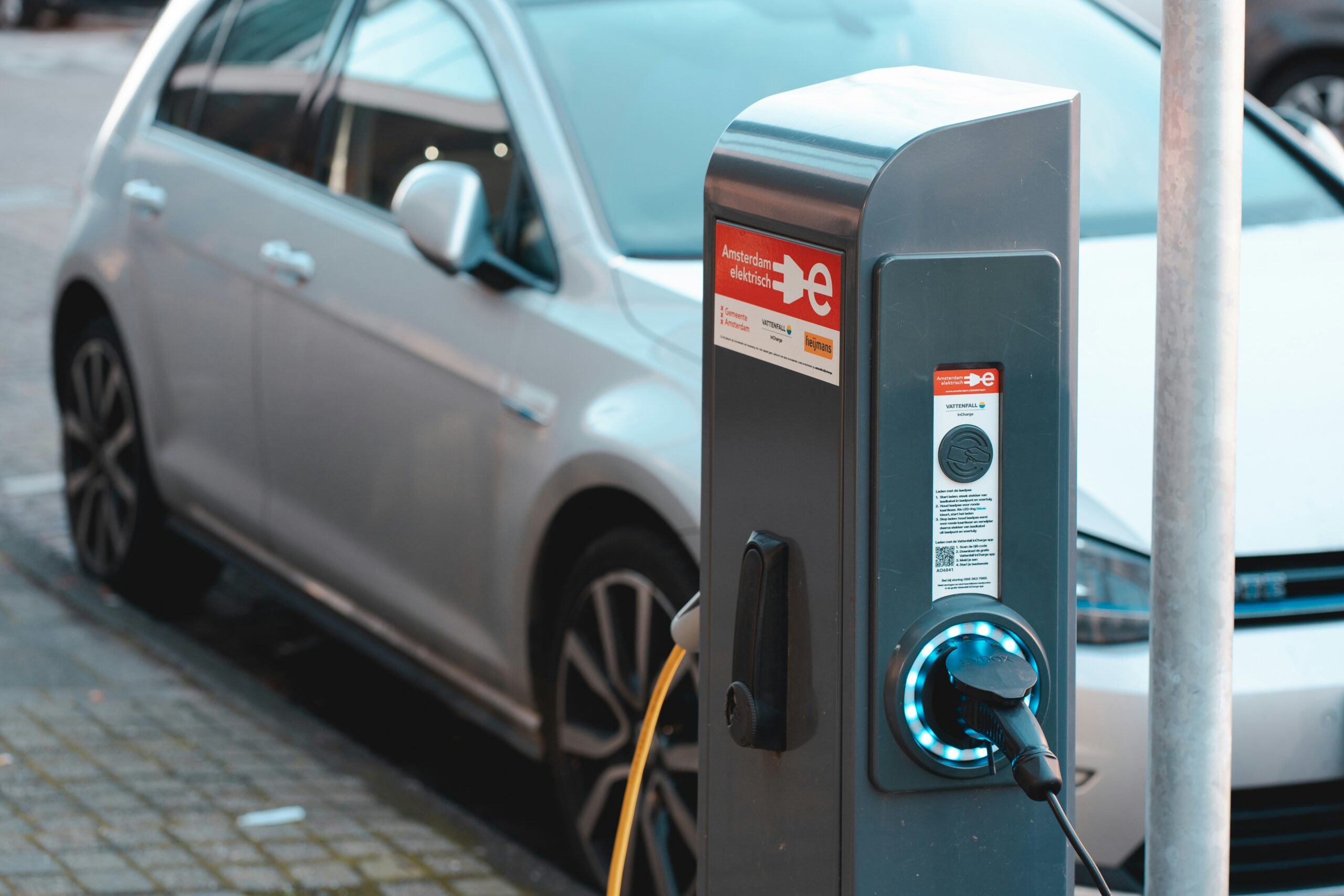In this modern, bustling life, we rely on innovative technology to assist us in our daily routines. Our smartphones are our calendars, calculators, messages, cameras and more. Sometimes we even use them to make phone calls!
Computers are another piece of technology that assist us in life, with millions, if not billions, of people worldwide using a computer for work or pleasure. Other pieces of tech that make life easier or more convenient include smart home devices, wearable technology such as smartwatches and fitness trackers.
These items are the result of decades of innovation and intelligent designs. Another fantastic innovation occurring at the moment is the development of electric vehicles or EVs. Cars such as the Kia EV6 are leading the way in automobile innovation that will likely shape the future of the global automotive industry.
In this informative article, we’ll drive in the electric revolution and share the top tech innovations behind today’s innovative EVs.
What is an EV?
First, let’s explain what an EV (or ‘electric vehicle’ is). An EV tends to use one or more electric motors, powered by a lithium-ion battery pack, that powers the car over a traditional combustion engine.
There are three types of EVs currently in production by various car manufacturers:
- A hybrid EV features a petrol motor and a large battery, and both of these work in tandem to propel the car forward. These cars also use regenerative braking, an innovative technology that we’ll explain below.
- A plug-in hybrid EV features a larger battery than a hybrid, but still has a fuel-powered engine. However, as the name suggests, a plug-in hybrid can be plugged in to charge its large battery. These cars also use regenerative braking.
- A pure EV works via plug-in charge and uses no fossil fuel for propulsion or lubrication. We’ll detail this type of EV and the tech powering them below.
Innovative Design = Less Servicing and Maintenance
Unlike traditional gas-fuelled cars, EVs don’t need any motor oil for lubrication, as high-tech, battery-powered motors have far less moving parts than our combustion engines of yesteryear. This basically means that an EV requires less ongoing servicing and maintenance when compared to a vehicle that has to burn fuel to drive.
EVs are powered by high-capacity batteries that work to both propel the car forward as well as power the other features of the car such as navigation systems, entertainment systems and your headlights and brakelights, for instance.
Due to the fact that their engines consist of less intricate parts, an EV will actually last longer on average than a combustion engine car too, although the battery may need replacing at some stage (usually after ten years or so).
In fact, the main parts of an EV that require maintenance are their tyres and brakes. This means the servicing schedule is less frequent than a fuel-powered car. A traditional vehicle will require maintenance every six months, whilst an EV may be fine to drive with limited issues for around a year at a time. Get answers to your questions by checking out Custom BLDC Motor.
Battery Technology
Innovative battery technology is one of the primary advancements that drive the manufacture of EVs. The majority of EVs on the market today use lithium-ion batteries. These batteries are manufactured from rare earth minerals, including graphite, lithium salt and carbon, all of which make up both negative and positive electrodes. When combined with an electrolyte, they produce a strong electric current that powers the battery and turns the wheels.
The same type of battery is likely powering the device you are using to read this article if you’re browsing on a laptop or a phone. EV manufacturers are also currently exploring new innovative battery technology, as the minerals used to create lithium-ion batteries are rare and expensive to mine. These technologies are being visualized with greater depth, utilizing advanced battery software for ensured analysis.
Regenerative Braking
All EVs, from hybrids to full EVs, employ regenerative braking technology, an innovation that allows EV batteries to last a lot longer between recharges alongside keeping the vehicle performing efficiently while on the road.
Regenerative braking basically works by harnessing the friction and kinetic energy that occurs when an EV brakes, which works to charge the battery. This reappropriated or repurposed energy is sometimes used to charge the battery in a combustion engine vehicle, but today’s EVs have used this functionality in a much more efficient way to recharge their own lithium battery in a far more impactful way, for both the vehicle and its driver.
Charging Station Infrastructure Development
Of course, one major criticism of EVs is that they don’t travel far without a charge when compared to combustion engine automobiles, and that there aren’t enough charging stations available to EV drivers yet to even justify investing in an EV now. Whilst this may have been true in the past, recent battery tech innovation means today’s EVs have a longer range than their predecessors, the first few generations of battery-powered vehicles.
In addition to this, car manufacturers and governments are moving quickly to construct many charging stations in major cities and on national highways and freeways to incite people to buy EVs. Charging station infrastructure is a technological innovation that will develop further in the future. The premise behind this innovation is that an EV should be able to cross a country while being able to stop and charge when required.
It’s likely that car charging stations will become just as commonplace as gas stations in the next few decades.
An Electric Car Conclusion
During this article, we shared how EVs are driving the electric revolution via high-tech innovations. Electric motors that require less maintenance are a top innovation, as is the battery technology behind EVs. Regenerative braking is a significant innovation, as is the investment in charging station infrastructure in most developed nations. These high-tech cars are truly leading the way.
